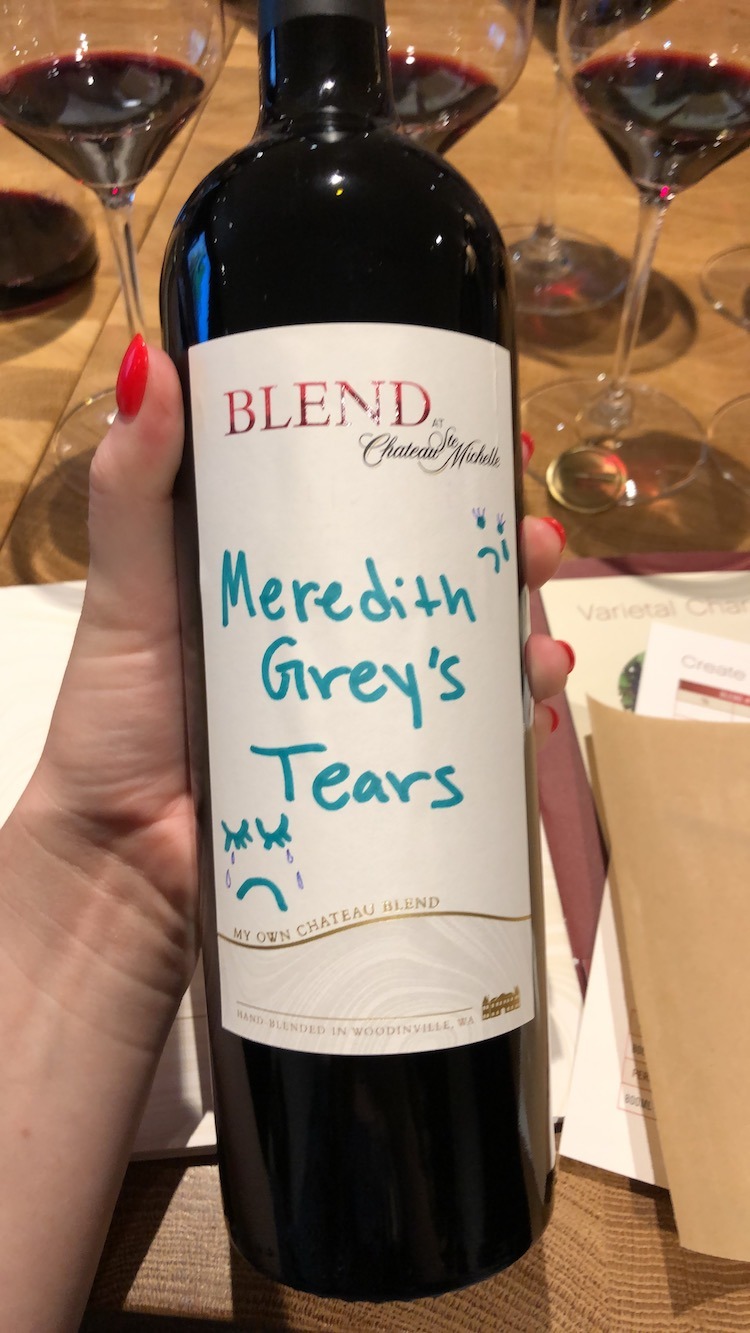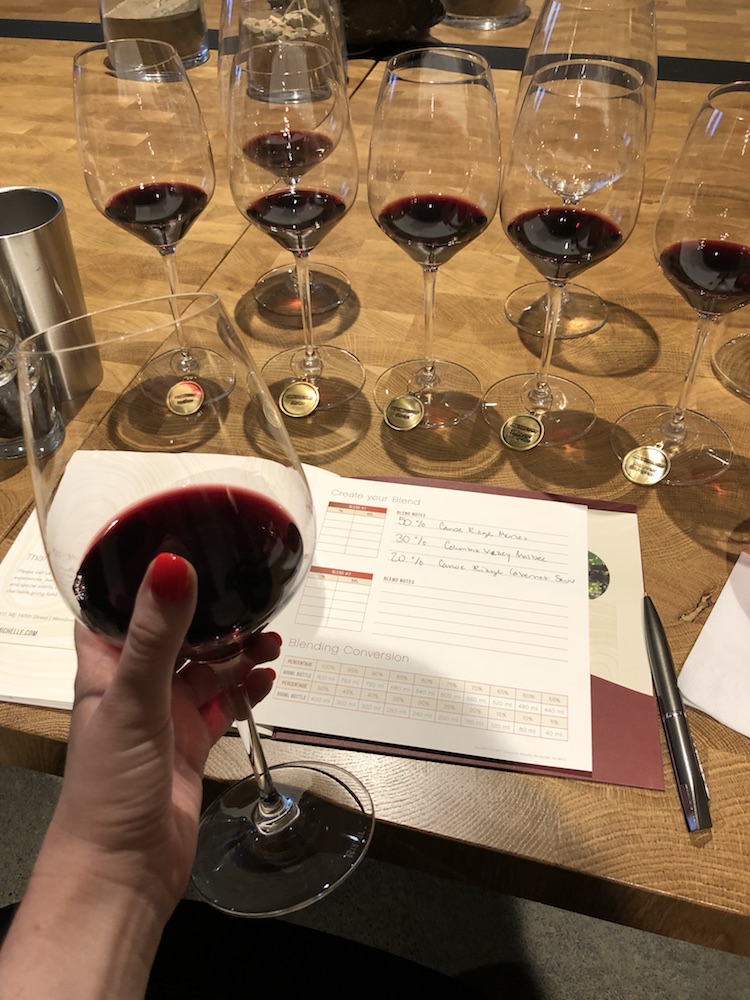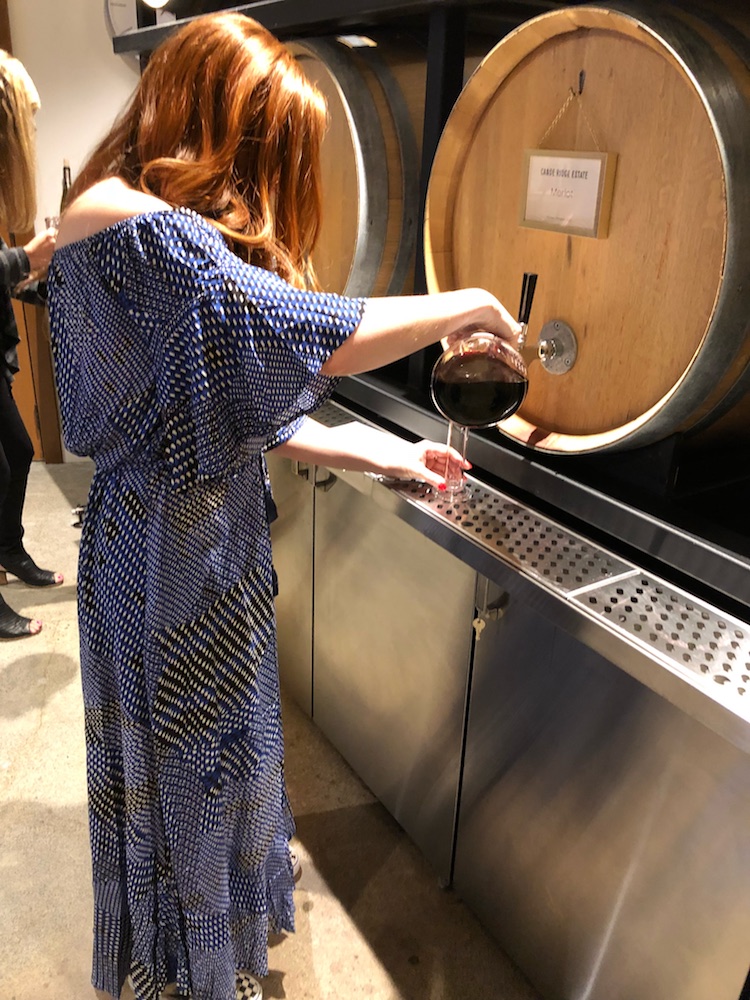A Wine Lover Blends Wine For The First Time With Chateau Ste. Michelle
I started drinking wine in college and never really cared what it was. The two-buck-Chuck and the slightly nicer cheap stuff that I would bring to BYOB Thai dinners with my friends were indistinguishable from each other. I didn't realize wine had notes, depths, round and soft or bright and sharp tastes. I just knew there were whites and reds, and that it was all delicious. Then I graduated.
We Bet You Didn't Know These States Made Wines
Wine has become an integral part of my adult life. Not only do I write about it on occasion, but I enjoy drinking it with friends and family, pairing it with a nice meal, and learning about the regions it comes from and how it's made. Through work, experience, and my own trial and error, I have developed a semi-sophisticated palate, or at the very least one that can determine I don't enjoy chardonnay. I had always envisioned myself blending my own wine at least once, something I could be proud of and enjoy with pasta or perhaps a salad with a lot of tomatoes and cheese. "This is my wine," I would say, letting other people have a sip. "I crafted the blend." Incredibly, my vision came to fruition when I was invited to be a "winemaker for a day" with Chateau Ste. Michelle — the founding winery of Washington state.
As a winemaker for the day, I learned that wine needed to be evaluated by color and hue, scent, and taste. I swirled the wine in my glass, "painting" it to truly understand the art of blending. I tasted five different (and delicious) wine varietals from Chateau Ste. Michelle's vineyards and learned things about each one. For instance, Chateau Ste. Michelle's Columbia Valley malbec is "rich," "juicy," and "velvety," while their Cold Creek merlot is "bold," "concentrated," and "intense."
Bob Bertheau, the Chateau's head winemaker explained that I should experiment with both, but ultimately blend wines that complement each other. "See how it changes as you go," he advised.
On my first go, I blended 50 percent Canoe Ridge merlot, which is "elegant, layered, and pleasant" with 30 percent "rich, juicy, and velvety" Columbia Valley malbec and 20 percent Canoe Ridge cabernet sauvignon — a "balanced, fresh, restrained, and pure" red wine. I love all things layered, pleasant, juicy, and fresh, so I had hoped that on my first creation I would strike wine-genius. I did not. My wine fell incredibly flat, even to my pseudo-sophisticated palate.
Bertheau explained that I had used too much of the Columbia Valley malbec, and that it was muddling the taste of my lighter reds. He suggested I blend my concoction with anywhere from 10 to 5 percent of that variant. As I had continued to taste my wines (to get a better sense of flavor and because they were tasty) I discovered that I was more fond of the Canoe Ridge cabernet sauvignon than any other wine. I made my second blend 60 percent Canoe Ridge cabernet sauvignon, 30 percent Canoe Ridge merlot, and 10 percent Columbia Valley malbec. This blend that I made turned out to be absolutely delicious. It was bright, balanced, pure, layered, and elegant all at once. It tasted like the kind of red wine you would enjoy with a good pasta. Plus, I got to design the label!
on their website to all who visit the chateau every day from 10:30 a.m. to 2:30 p.m. The class takes about 90 minutes, and the room can hold about 16 people, making this unique, hands-on experience an excellent idea for parties and vacation groups.
From my hour and a half as an amateur winemaker I learned that wine blending is not as simple as just pouring wines you like together. Each wine has its own complexity and balance that needs to be appropriately tasted — and not slugged back as if it were in a Solo cup — to truly appreciate how it might pair well with the sweetness and body of another. I also learned that in order to be a wine pro, you need a fantastic palette developed through experience, patience, and dedication — not through marathoning episodes of "Grey's Anatomy" with a bottle of Barefoot. So I still have a long way to go.
wine to survive the dog days of summer.
Travel expenses as well as food and drink samples for this story were paid for by Chateau Ste. Michelle at no cost to the writer.


